Strawberry Cardinal - an unusual variety
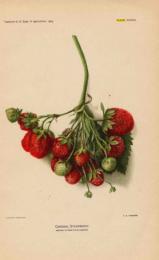
We are all trying to get large harvests of strawberries on our plots using different varieties and using a variety of fertilizers and planting methods. Most gardeners prefer large-fruited strawberry varieties, although medium and small berries are often tastier than large ones. I just want to feed my family enough, because strawberries are a rather capricious crop. It does not like manure and humus, but grows well only on fresh, not yet depleted lands.
Content:
- Strawberry Cardinal, main characteristics
- What does a Cardinal strawberry look like?
- An interesting feature of Cardinal
- Subtleties of cultivation
- Disease susceptibility
Strawberry Cardinal, main characteristics
New interesting variety bred by American breeders. It is called strawberry "Cardinal" and is not remontant. Its shiny large berries amaze the imagination with their size (up to 80 grams). They are dense (even ripe berries will not lose their shape if they fall on the floor) and crunch in the mouth like apples.
The berries ripen early, in June. The variety has a long shelf life and good transportability. Cardinal is characterized by very high productivity. It tolerates mechanical harvesting and processing of berries well, and is suitable for canning.
What does a Cardinal strawberry look like?
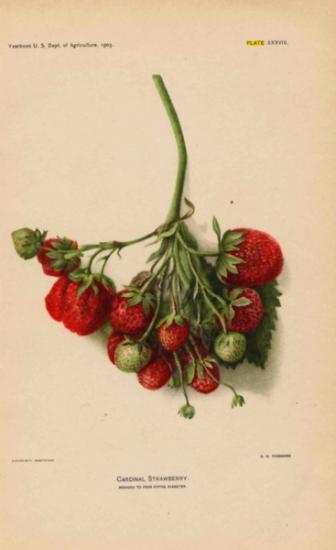
Such strawberries are easy to recognize by the characteristic shape of the berries: they resemble a spindle with a rounded tip, which can bifurcate in the first berries, with a rounded or narrowed base, they have a high neck, and there are no seeds on them. The berry is distinguished by fibrous, very dense red pulp, and when fully ripe, dark red with a red, not completely filled core.
While the berry is ripening, it is protected by rather tightly fitting sepals, which will then bend back and provide access to the finally ripened delicacy.
This variety of strawberry also has characteristic external features of its leaves. So, their base is purely green, and the scales that cover it are red. The leaf itself is glossy, dark, leathery on top, and slightly bluish below. On the petiole you can notice small fibers that are absolutely not felt to the touch.
An interesting feature of Cardinal
I don’t know whether I would like crunchy strawberries or not, but I will definitely plant this variety, because it has a very interesting feature.
Large tall (40-45 cm) bushes with sparse but large leaves of dark green color, produce many rosettes. And although the rosettes take root poorly, in the fall (September-October) flowers and then berries appear on each of them (regardless of whether it has taken root or not). And these autumn berries are even larger than summer ones!
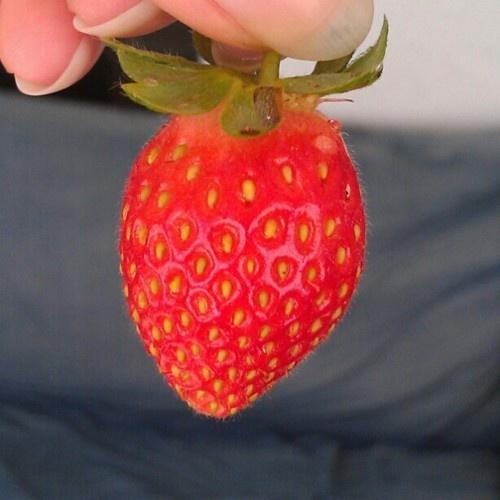
True, there is also one distinctive feature of this variety: those rosettes that bloomed and bore fruit can no longer be used for planting, because they won't be able to settle down. For this purpose, you can use a second or third rosette if the first one has bloomed.As a result, it turns out that there are few rosettes left that will bear fruit, and they will not be able to greatly increase the yield. Therefore, sometimes gardeners advise cutting off all mustaches. Then the mother plant will not need to waste energy on feeding the outlets, and as a result, the size of the berries will increase significantly.
Subtleties of cultivation
Due to the fact that both the plant itself and the berries are large, strawberries of this variety are quite demanding on soil. It is best if it is slightly acidic with pH = 5-6; loamy and sandy loam containing humus and nutrients will be suitable.
Cold clay soil without cultivation is not suitable at all. If you plan to use moist soil with close groundwater for planting such strawberries, then the beds need to be made high.
Strawberries planted on sandy soil usually have lower yields and smaller berries, this is due to a constant lack of moisture, which is why the plant on such soil will feel depressed. Therefore, the bed where you plan to grow strawberries needs to be cultivated a month or two before planting.
Concerning glaze, then for Cardinal strawberries it should be regular and plentiful. This should be done only in the morning, so that the moistened plants have time to dry out during the day. Until the flowers appear, for watering it is recommended to use the method of sprinkling the leaves, which cleans them from dust, which allows them to develop better. During the flowering and fruiting period, water only on the soil, without trying to moisten the plants themselves. Do not use cold water; it is best if its temperature is 18-20°C.
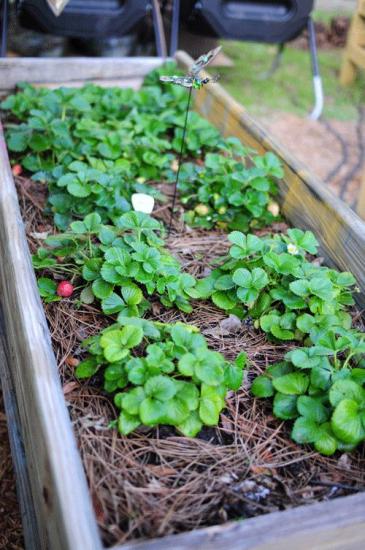
Also, to successfully grow such strawberries, you need to periodically apply organic and mineral fertilizers for feeding.
Disease susceptibility
This variety is considered winter-hardy. In addition, Cardinal strawberries are resistant to leaf spot and gray rot. True, the berries may be affected powdery mildew.
At least, this is how the variety is described on the websites of online stores selling seeds. I, of course, remember the scam with climbing strawberries, when for a lot of money they sent tendrils of ordinary strawberries, most of which were not germinating at all. But I really want to believe in the existence of Cardinal strawberries, I’ll definitely try to buy them.

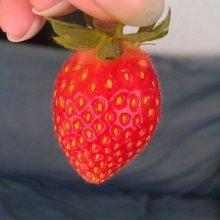


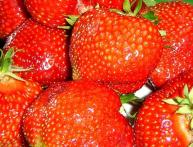

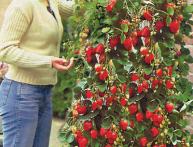
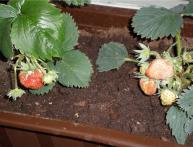

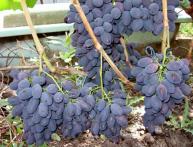

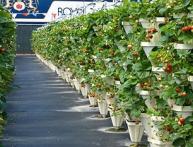
Comments
Where to buy and how?
I love this variety of strawberry. For a long time I dreamed of breeding it myself, but something never worked out. No matter how I planted them, the strawberries kept drying out. Now I want to try it again. I will definitely use the advice in the article.